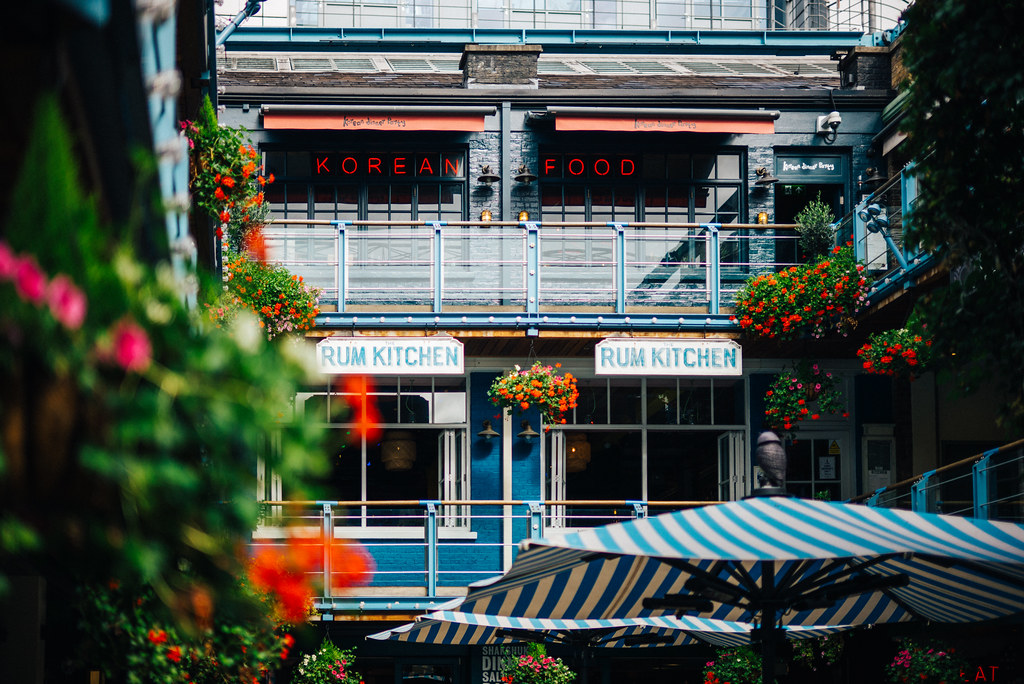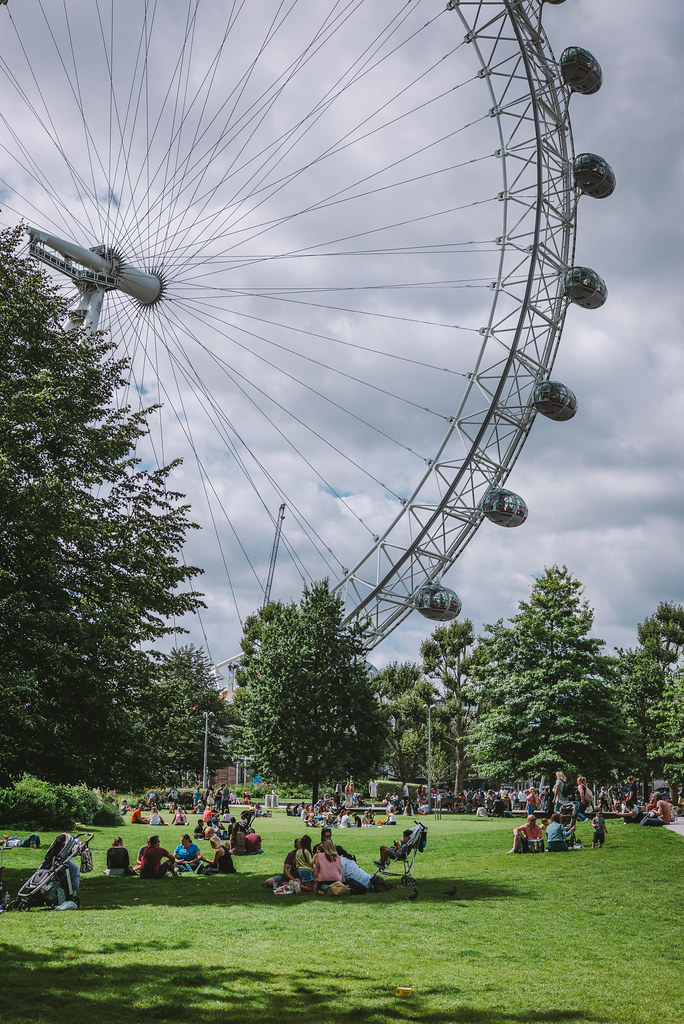Picture this: London’s foggy mornings, the red of a double-decker bus blurring by, and the timeless architecture of the city—all waiting to be captured through the lens of a camera that feels like an extension of your soul. This isn’t just any camera, though. This is the Leica M-P 240 paired with a lens that sees the world in a way that’s just… different. The Voigtländer 50mm f1.2 Nokton is not just a lens; it’s a perspective.
But let’s face reality - after a long day, the enthusiasm wanes and fatigue sets in. My fingers ached to capture the essence of London, but my spirit was weighed down by the sheer exhaustion of the day’s endeavors. As the city buzzed with life, my tired eyes could only yearn for the quiet comfort of rest, leaving the streets untouched by my lens, the moments unseized.
Day 1: The Arrival
As my plane touched down and I stepped onto London soil, the Leica felt reassuringly heavy in my hand, a tangible promise of the images yet to come. There was no race to catch the golden hour; my camera remained stowed away as I absorbed the fleeting beauty of the light with nothing but my weary eyes. Hunger and the longing for a brief respite led me past the picturesque scenes, straight to the solace of my bed. The streets would have to wait because sometimes, even the most dedicated photographer has to bow to the basic needs of rest and sustenance.
Day 2: The Streets of History
There’s something about London streets that’s just begging to be photographed. The dance of light and shadows, the sudden rain that brings out the umbrellas and the reflective sheen on the cobblestones, the Voigtländer drank it all in at f1.2. At that aperture, London’s chaos melted into creamy backgrounds, with subjects popping out like actors on a stage.
















The Gear: Leica M-P 240 and Voigtländer 50mm f1.2 Nokton
I’ve ranted about gear before. You know the drill—gear doesn’t make the photographer, blah blah. But let’s be real: using the Leica M-P 240 is like driving a classic car. You feel every shift, every decision. It’s photography with intention. And the Voigtländer? It’s sharp, even wide open, with a bokeh that’s just… yummy.



 This is what I’m talking about. Pure, unadulterated photographic joy.
This is what I’m talking about. Pure, unadulterated photographic joy.
Is it the Gear or the Grit?
I walked for miles, guys. My feet hated me, but the photos loved me for it. Every step through London’s streets, every glance through the viewfinder, every frame captured—it all felt profoundly earned. The Leica M-P 240 and the Voigtländer 50mm f1.2 Nokton, while an expensive setup, reminded me that sometimes, the gear can inspire the grit you need to keep going, keep shooting, keep capturing.
With this lens, every shot is more than just a click—it’s a story, a moment frozen in time, and a piece of art waiting to be unveiled. You might remember from my previous post where I reviewed the Voigtländer 50mm f1.2 Nokton. I spoke about its unique character, the way it renders light and shadow, and its unparalleled sharpness even at wide apertures. In the bustling heart of London, this lens didn’t just perform; it sang.
The Leica M-P 240, with its tactile feel and mechanical precision, paired with the Voigtländer’s artistic rendering, transformed the mundane into the magnificent. Each image I captured held a piece of London’s soul, a testament to the city’s enduring charm. This combination of camera and lens isn’t just about luxury or status—it’s about an experience, a way of seeing the world that’s distinctly personal and deeply immersive.
In the end, what I carried was more than a camera and a lens; it was a conduit for creativity, a tool that pushed me to explore further, see deeper, and strive for that perfect shot, despite the aches and exhaustion.
 Proof that my feet hated me.
Proof that my feet hated me.
The Verdict: Overpriced or Worth Every Penny?
So, here’s the kicker. The Leica M-P 240? It’s not cheap. The Voigtländer 50mm f1.2 Nokton? Also not cheap. But after 48 hours in London, after seeing the images, feeling the weight of the camera, and hearing that subtle click of the shutter—was it worth it? For the experience alone, absolutely yes. There’s something about the Leica that transcends its price tag. It’s not just about taking photos; it’s about making them, each click a deliberate, thoughtful act.
However, if we’re talking purely functionality, it’s a different story. Let’s be real: any modern camera can capture the streets of London, and many can do more, technically speaking, than a Leica. But that’s not the whole point. The Leica strips photography back to its roots, forcing you to engage with your subject, think about each frame, rather than firing off a burst and coming home with thousands of images from a two-day trip. It’s about quality over quantity, about the art of seeing and capturing, not just the end result.
In a world of rapid-fire photography, the Leica M-P 240 and the Voigtländer 50mm f1.2 Nokton bring back the essence of what it means to be a photographer. They remind you that sometimes, less is more, and the best image is not necessarily the one that’s technically perfect, but the one that’s thoughtfully crafted.
Wrapping Up - The Magic of 48 Hours
London, you were a dream. And to the Leica M-P 240 and Voigtländer? You guys made those 48 hours magical. Sure, I could have done this with any camera, but it wouldn’t have been the same. It’s like I didn’t just visit London; I felt it, through every press of the shutter.
To those who say gear doesn’t matter, I say it’s not about the gear—it’s about the experience. And this? This was an experience I’ll never forget.





















 Bathroom mirror selfie is a must in 2023
Bathroom mirror selfie is a must in 2023
So, readers, what’s your take? Is a Leica worth the heritage and the hype? Drop a comment, or better yet, show me your 48 hours with your favorite camera.
Until next time!



